Likoma Island
Likoma and Chizumulu are two inhabited islands in Lake Malawi, located just a few kilometers off the Mozambican coast. Together the islands form the Likoma District. Chizumulu Island is the smaller of two.
Being entirely surrounded by Mozambican waters, they are exclaves of Malawi. The reason for this dates back to the late 19th century. While the Portuguese had colonized Mozambique, the (Anglican) missionaries who had colonised Malawi, then called Nyasaland, spread east as far as the islands in Lake Malawi (previously known as Lake Nyasa). Although the British Government originally claimed the entire Lake Malawi, but in 1954 an agreement was signed with Portugal, which recognised the middle of the lake as the territorial boundary between Malawi and Mozambique.
The inhabitants of Likoma Island speak a Nkamanga dialect, a variety of Nyanja and are mostly fishermen. The island, dotted with mango trees and surrounded by sandy beaches and rocky coves, has several small villages, Mbamba town with a historical Anglican cathedral and several roads with a few vehicles and bicycles on them.
Geography
Likoma Island has an area of approximately 17 Km². Chizumulu Island is a lot smaller than Likoma Island but has well-constructed walking paths on the island. Both islands offer a variety of coast line, with busy beaches and peaceful deserted rocky coastline.
The west sides of both islands offer, what some say are the most beautiful sunsets in Malawi. Likoma Island is mainly rocky terrain, with little agriculture, and an abundance of mango and baobab trees.
Population
Likoma is densely populated, with about 14,500 inhabitants dispersed in a dozen settlements, the main being the eponymous town of Likoma. The most represented ethnic groups are the Nyanja people (60%) and the Tonga people (25%), followed by smaller groups of Tumbuka, Yao, and Chewa. Their main economic activity is fishing, although agriculture (mainly rice and cassava) is also represented.
The town of Mbamba hosts a busy market. It is also known because of the Anglican cathedral of St Peter, one of the largest churches in Africa.
Historical Background
In 1880 missionaries from the Universities’ Mission to Central Africa, founded in response to a plea by David Livingstone, established their headquarters on Likoma Island. Due to Livingstone’s built headquarters, the island was assigned to Malawi rather than Mozambique when national borders in East Africa were established after World War II.
The heritage of missionaries includes a large cathedral that was built with bricks that were fired in Mozambique. The cathedral is built in the Gothic style of many cathedrals in England with beautiful features including soapstone choir stalls, fine stained-glass windows and a crucifix carved from a tree that grew in Zambia near to the village where David Livingstone died.
Getting there and away
By air
The two modes of transport to get to Likoma District (Likoma and Chizumulu islands) are by air or by water.
By boat
A steamer boat, the motor vessel Ilala (M.V. Ilala) is the main mode of transportation to and from Likoma District from the Malawi mainland. M.V.Ilala has been in service since 1949. Now run by a Portuguese company it combines the traditions of strong, safe ferries with the latest satellite navigation.
The M.V Ilala
The M.V. Ilala is a 620 ton vessel that has been transporting Malawians, travellers and goods on Lake Malawi since 1951. It now operates on a much smaller part of the lake, going to Likoma District twice a week from Nkhatabay and up to Chilumba in the north of Malawi once a week. Ticket prices vary depending on the class of deck that one chooses.
The lower deck is the most affordable class but is very crowded and filled with baggage. The lower deck second class is slightly more spacious but is stuffy. Many backpackers choose this option. The first class option, which offers a full restaurant service, is on the top deck and is preferred by travellers who looking for comfort and personal space.
First class cabins are available on the M.V. Ilala although these have been described by some as comparable to a local district rest house (i.e. below standard) but are certainly worth a try. Both the lower decks and top decks have well stocked bars and make travelling on the M.V. Ilala both a joyous and memorable experience.
Ecotourism / Natural environment
Despite a high population density, the natural environment of Likoma Island is largely unspoilt. The coast is varied, with rocky slopes, sandy bays and swamps.
The interior of the island is mostly covered by grassland, with a large number of baobab trees (of the Adansoniadigitata species) and mango trees. Fauna is mostly composed of small reptilians, amphibians, birds and a number of invertebrates, including scorpion spiders.
There are reportedly a few crocodiles living on an inhabited island south of Chizulumu. Waters around Likoma, as is usual in Lake Malawi, host a number of Cichlid fishes; some species, such as Labidochromiscaeruleus likomae, are endemic to the Likoma area.
Likoma Island is regarded as having the best diving on the lake, in terms of the diversity and the sheer abundance of fish. There are also spectacular underwater rock formations, swim through, a 30-metre wall and a rock etching. The etching, located at the most spectacular dive site, Masimbwe Island, was found at a depth of sixteen metres. It appears to be man-made and is similar to ones found in Ethiopia. With mouthbreeders and catfish up to two metres in length and the occasional otter, Likoma is a beautiful dive location.
The island has a registered PADI Scuba Diving Resort where PADI scuba instructors and dive into the most ecologically diverse fresh water environment in the world! courses to suit every level, from those first bubbles to the professional ranks of Divemaster are available.
Health & Safety
here is a hospital on the island which offers medical services to islanders and visitors alike. Likoma is an aquatic environment and mostly rocky rather than reedy. Regular tests are conducted and to date there is no record of bilharzia.
Things to do
The cathedral was built in 1905 by Scottish Missionaries out of local granite. This large and beautiful cathedral is definitely the pride of the island and is worth your time. It is one of the main attractions for Likoma. It can be visited any time. It is easier to find somebody to show you around!
Climb the clock tower
The clock tower of the cathedral offers a nice view. To reach the roof you have to climb across the bells and the clockwork that is not working anymore due to the lack of grease. It is advised that you take a torch with you!
Traditional Dances
On most weekends tourists can watch as traditional dance groups compete against dance groups from the nearby Chizumulu Island. This festive affair, hosted in Mbamba Town (Chipyela), has dancers dressed up in traditional attire going all out to protect local pride.
Water-based Activities
Being on an island you are free to go swimming and snorkeling in the waters of Lake Malawi as much as you like. Alternatively you can just laze around on the beach, read a book, whilst working on your tan.
There’s also opportunity to go sailing, fishing, canoeing, water-skiing or windsurfing on the lake or even play some beach volleyball with the locals and fellow travellers.
Scuba Diving
The Likoma Island Divers, located at Mango Drift Lodge, is a fully qualified PADI dive school offering courses for beginners and advanced divers alike. There are over 20 dive sites around Likoma Island for you to explore.
Walk, Cycle, Quad
You have the option to hike
around the island visiting the various
villages on Likoma. Alternatively you
can hire a mountain bike or
quad-bike to explore the Island.
Boat Trips
You can take boat trips around the island, to the nearby Chizumulu Island or to neighbouring Mozambique. Fishing trips can also be organised.
Manda Wilderness Reserve Nkwichi
This hard to reach reserve is located in Mozambique, close to Cobue. The reserve offers hiking safaris through the woodlands, as well as relaxation on Lake Malawi.
The old Baobab on the new market place
n the year 1985 there was an aid project launched on Likoma.
The “New Market Place” was built by the Germans with solid streets, with sidewalks and gutters. In the middle
of the marked square there is an old baobab tree. The baobab tree is being strangled by a Kachere tree. Nowadays the baobab is hollow and sometimes used as a storeroom.
Where to stay and dine
Likoma and Chizumulu Islands both have secure, peaceful and affordable places offering accommodation and dining services. Good getaway for hooney mooners
Some of these lodges are: Ndomo Point House, Mango drift, Kaya Mawa, Khaiko Lodge, Wakwenda Retreat, Ulisa Bay Lodge and many others.
We wish you a lovely visit to Likoma Island.
Thank you. Zikomo kwambiri.
- July 23, 2019
- 5046
- Uncategorized
- 0 comment

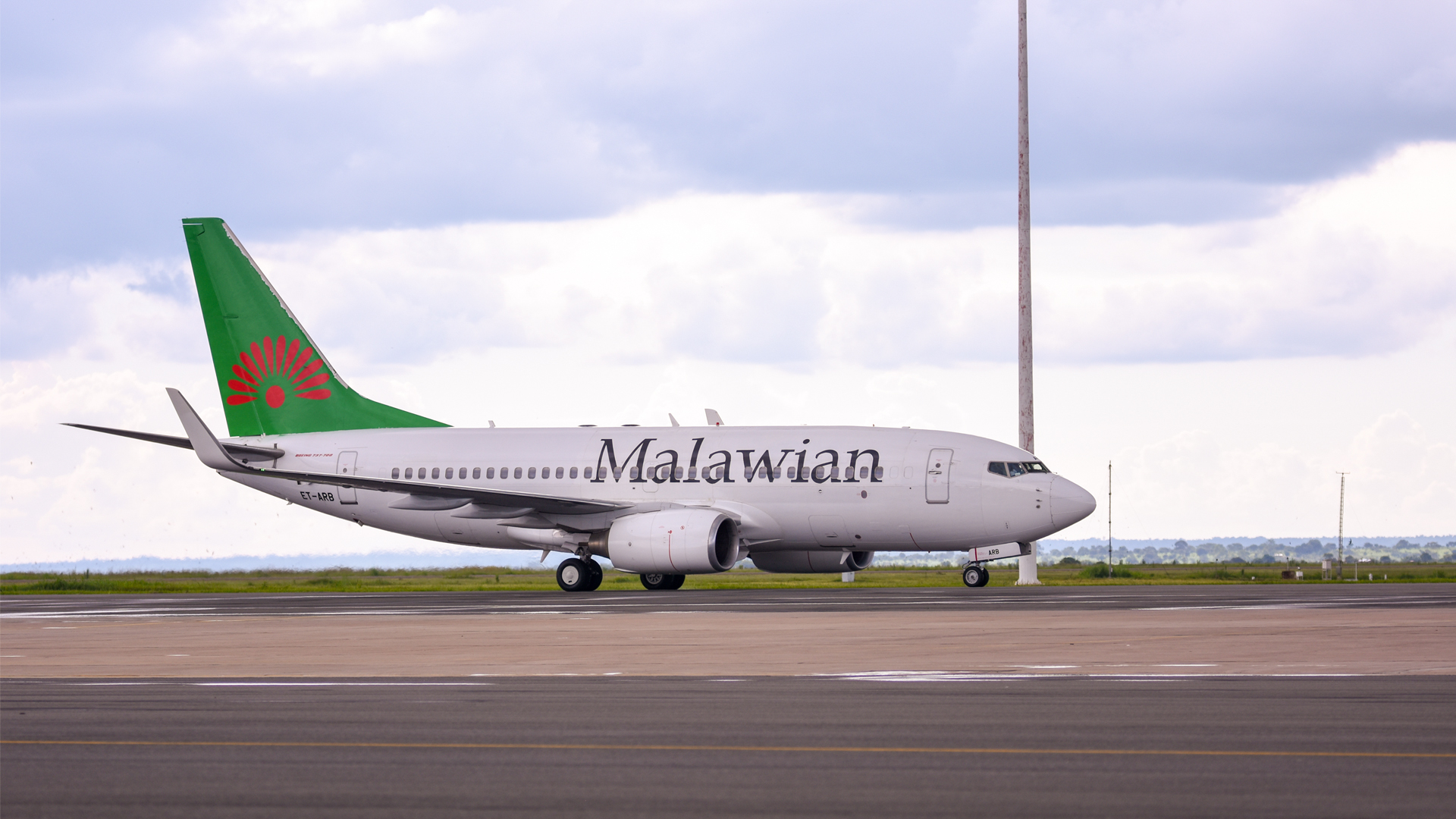
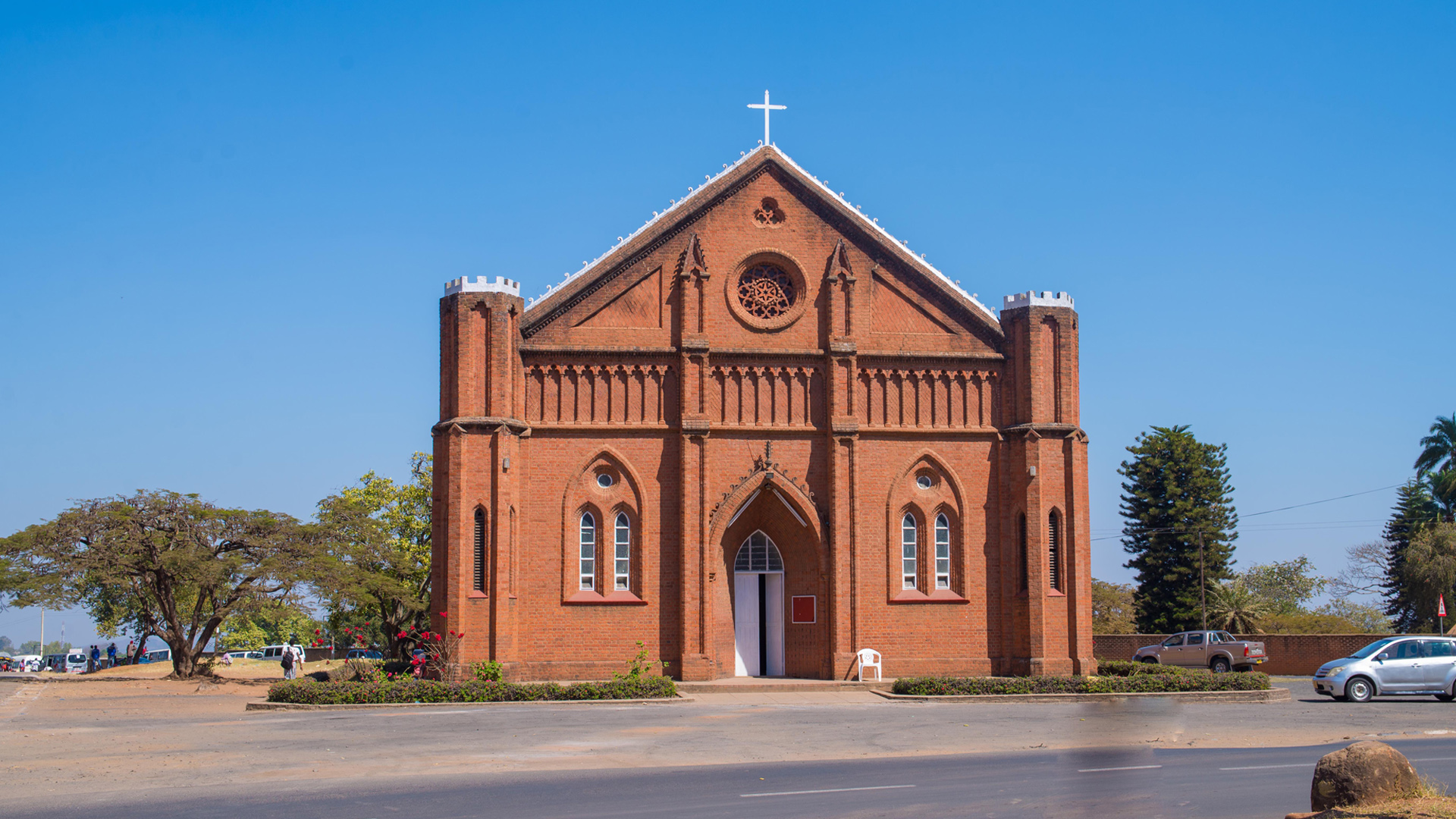
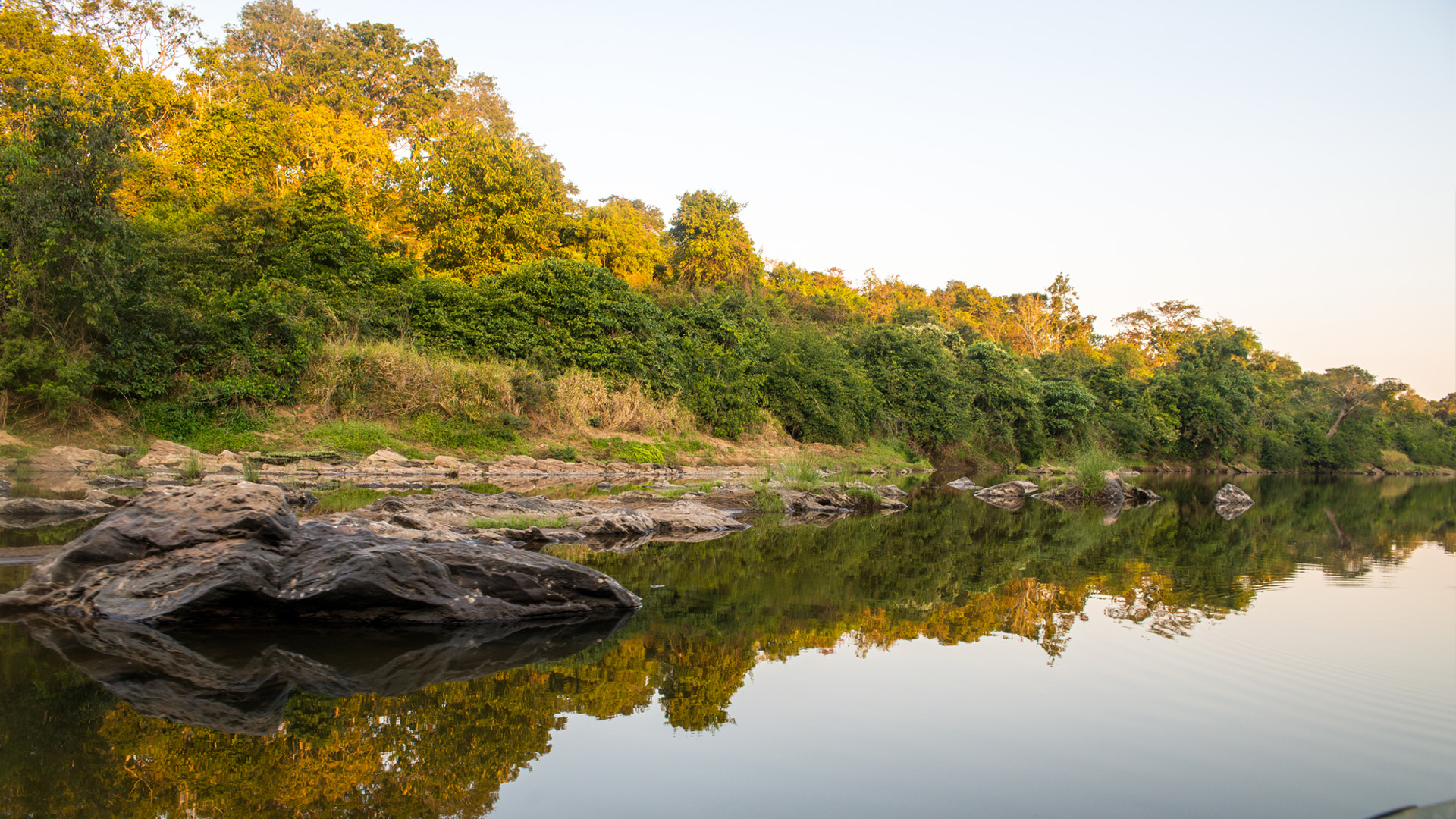
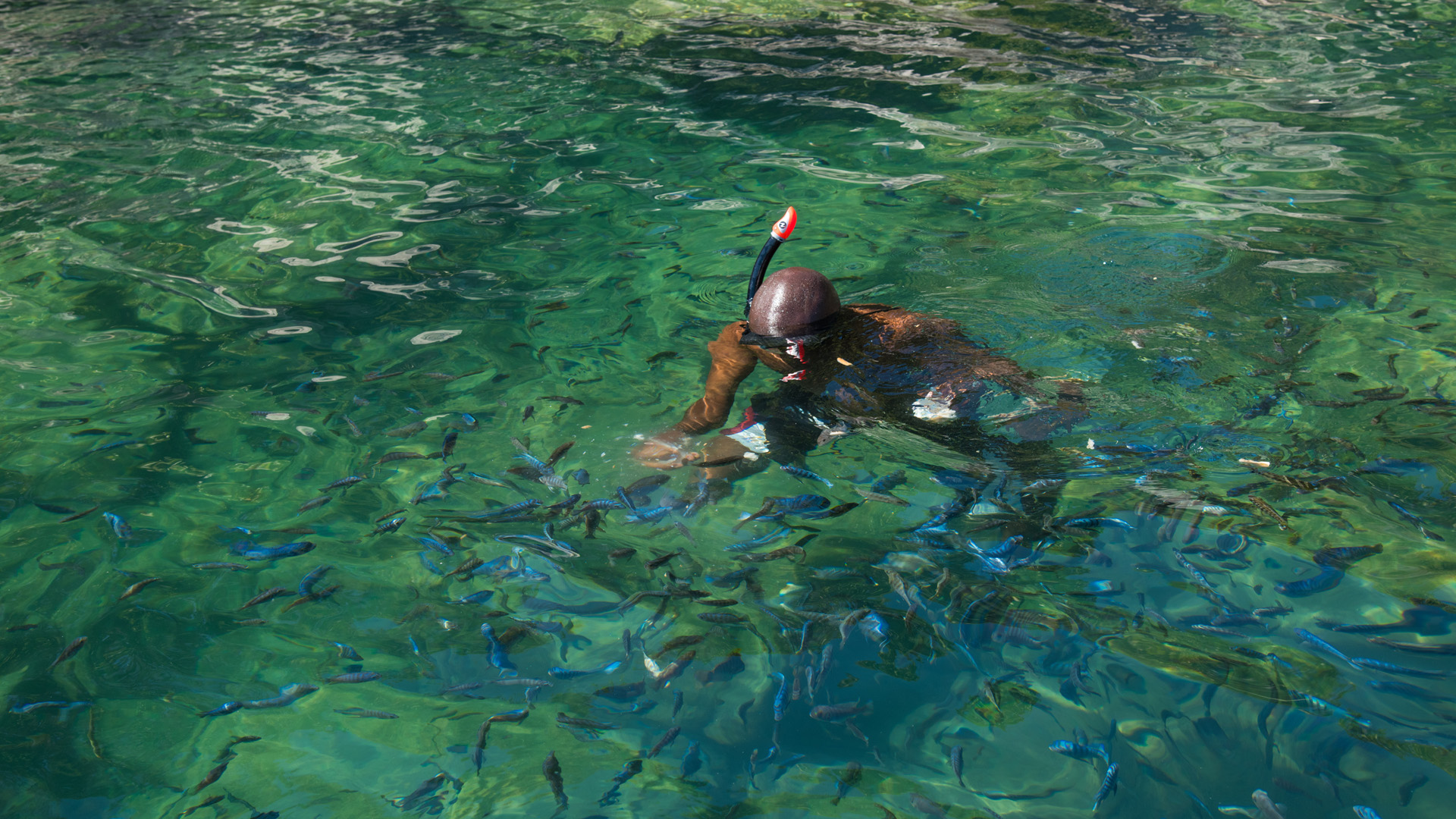
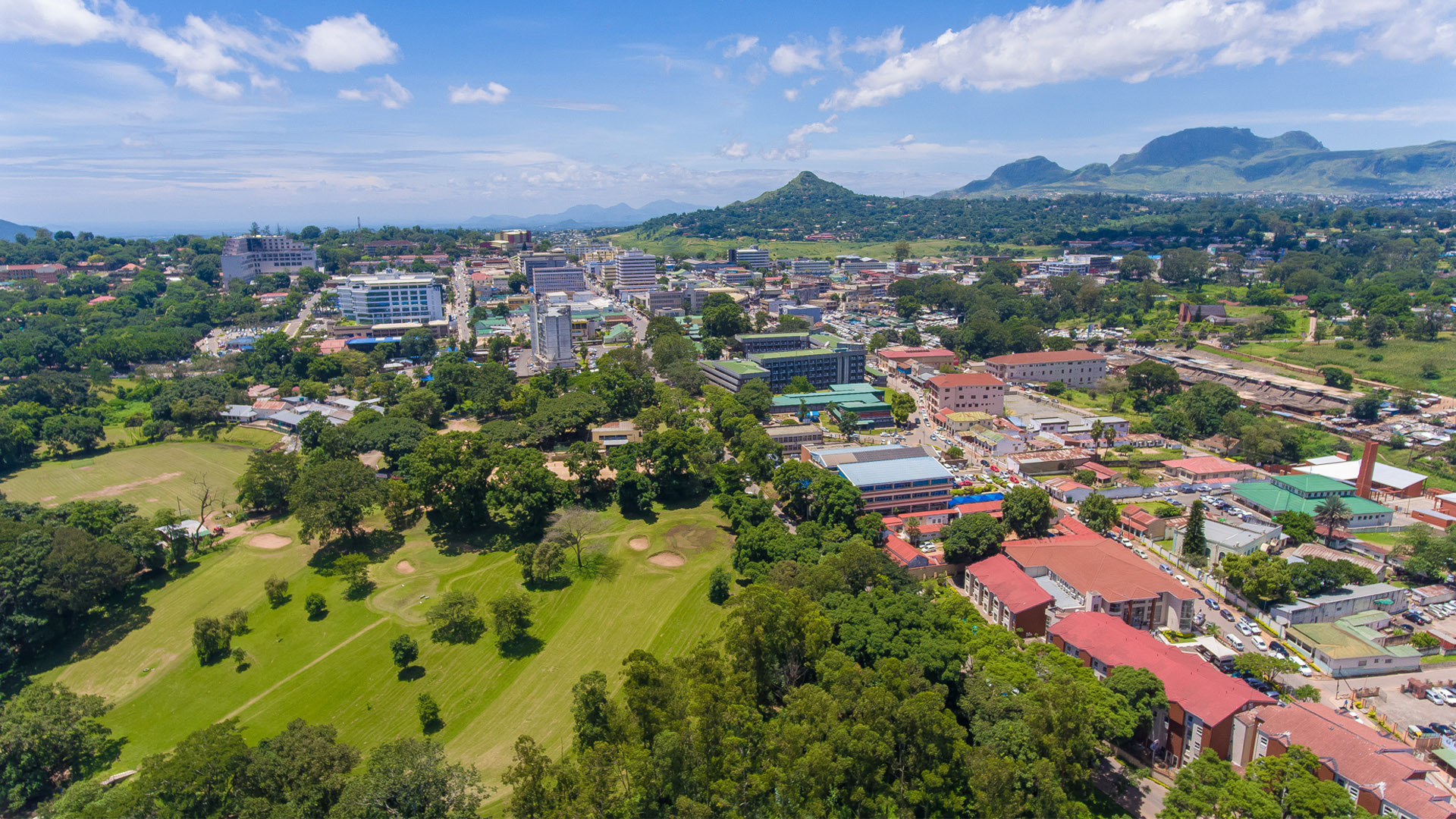

Add Comment